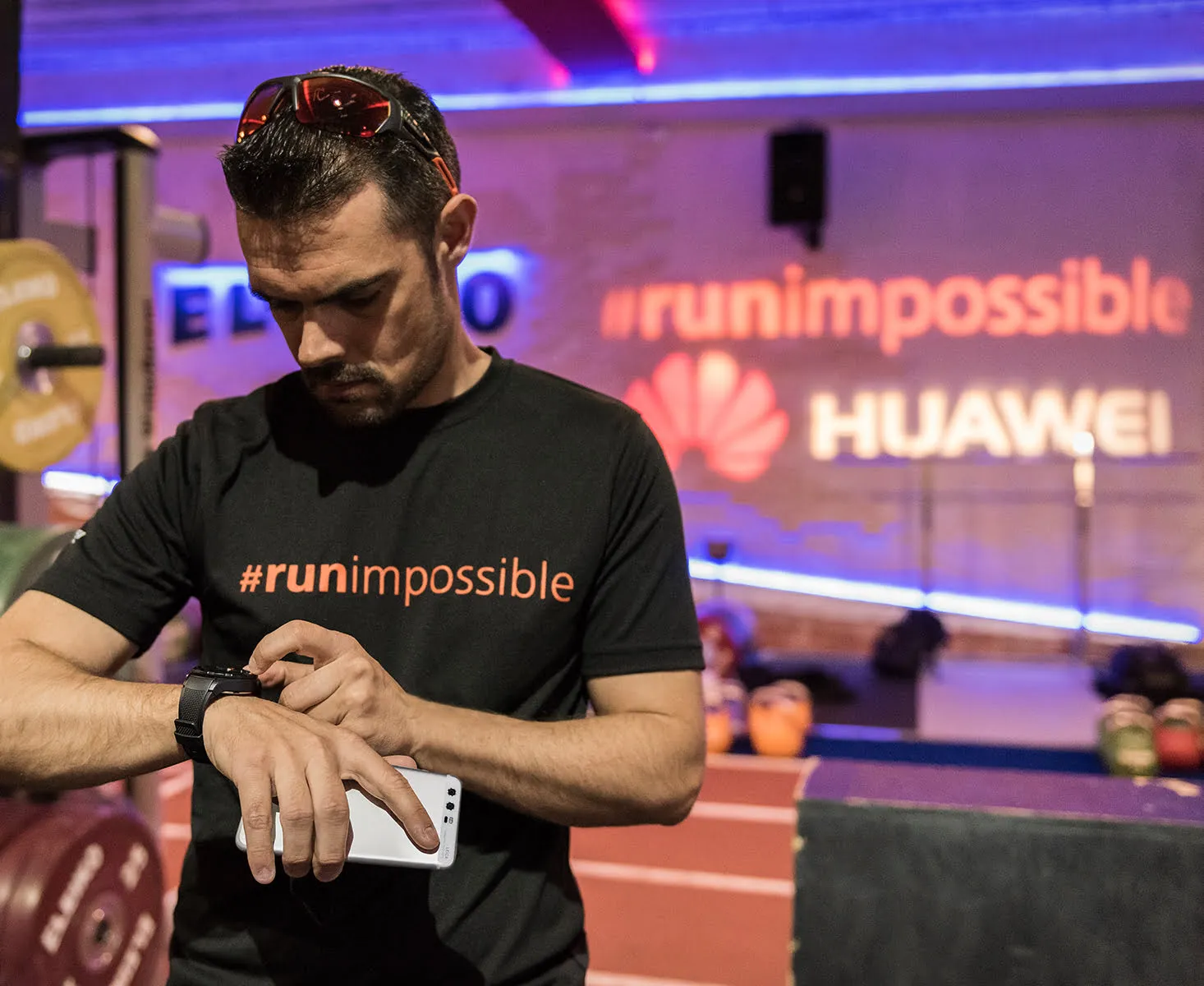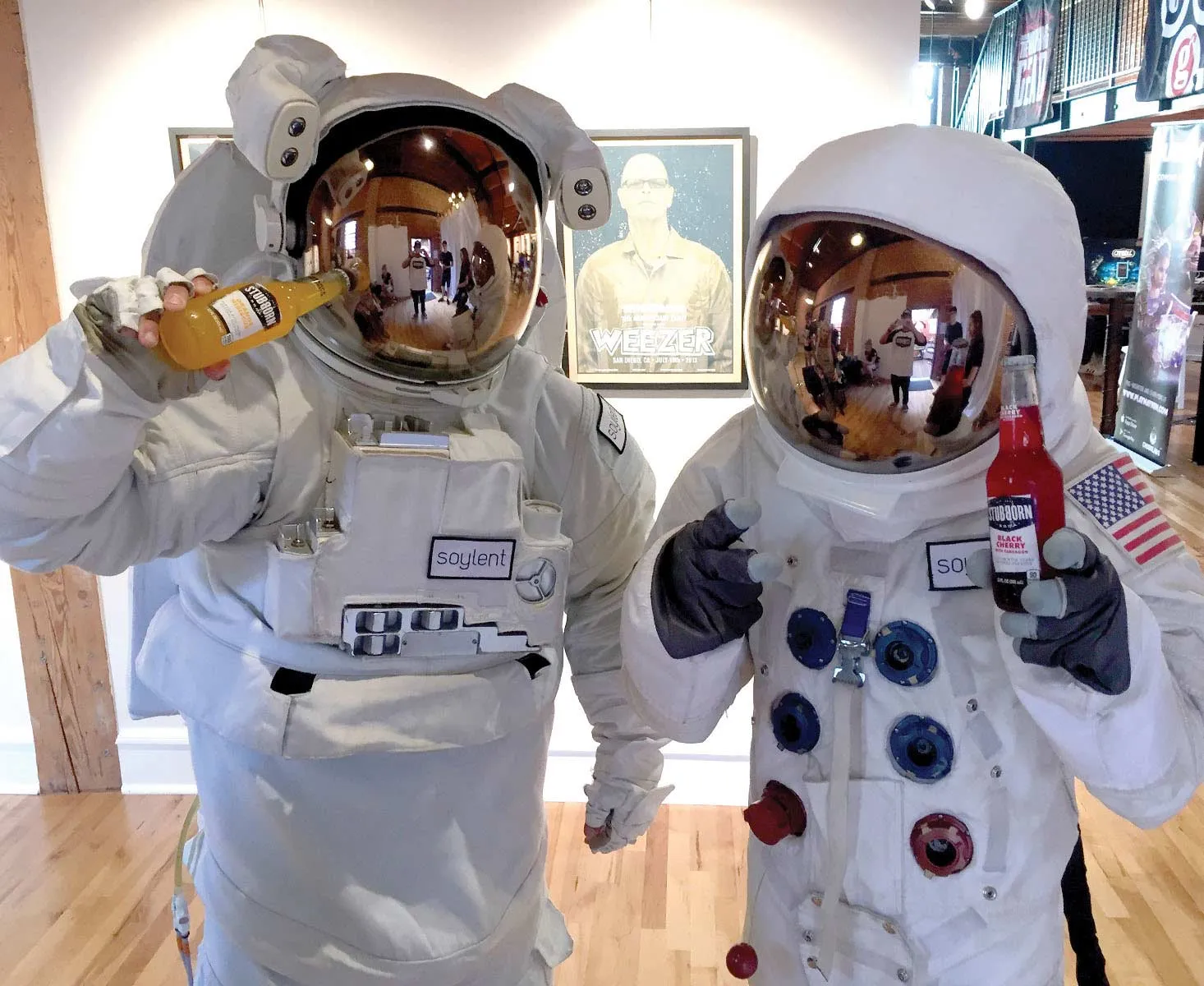This week’s key takeaways:
- Brands that practice conversational marketing, and are better listeners, are creating more relevant, effective marketing messages.
- The success of American Eagle’s authentic and “real” marketing demonstrates the immense value that consumers put on transparency.
- Securing the attendance of influencers at brand events will improve your relationship with them and encourage them to produce valuable content to share with their networks.
Brands that are better listeners perform better with consumers
When people think of marketing, many imagine a video pitching products on YouTube or an “intrusive” ad appearing on their timeline. In both cases, the ads in question are targeted to the user. In the digital age, brands are better able to understand customer preferences and provide marketing that (hopefully) resonates with them. Ads are developed through data aggregation and the application of consumer information, interests, and habits. This includes data from websites, social media and more.
In order for companies to use this information to create effective interactions with consumers, they have to listen. The modern consumer expects a business to take the time to understand their needs and tailor products and messages accordingly. This article explains why listening is so important, and provides tips on how brands can practice conversational marketing.

American Eagle’s sales numbers show the value of “being real”
Today’s consumer doesn’t care to be “sold” to. It is transparency that rings true for modern consumers, and millennials and Gen Z are leading the charge. Authentic, two-way communication will help a brand stand out, and transparency is key to maintaining a good relationship with their audience. Being authentic means that consumers can trust a brand to be honest and open about its practices, values, sales, and more. And those brands that abide by these guidelines are reaping the rewards.
A perfect example is American Eagle, which is surpassing its competition (namely Urban Outfitters and Abercrombie) with realistic, honest branding that resonates with younger audiences. American Eagle has an overwhelmingly positive reputation on social media. It’s #aerieREAL campaign for its sister brand Aerie is receiving accolades for using models of different sizes and rejecting photoshop. By making ads more relatable and aligning with causes that younger generations care about, their sales have consistently grown.
Involving influencers in brand events improves social media marketing
Many marketers incorporate influencers into campaigns because of their well-known impact on sales. In fact, influencers drive over $1 billion in sales, as more than 70% of consumers report trusting them when choosing a product. It seems that, regardless of the level of celebrity an influencer has, his/her impact on sales is remarkable and worth noting.
This is why it’s increasingly critical to include influencers in brand events off the screen to boost their power behind it. Brand events help create meaningful relationships with target influencers, as well as provide them with rich brand content to share with their networks. Learning how to engage them in a way that resonates is key. Try to plan the event with your influencer in mind, and create unique, valuable opportunities for them to create and share.

Brand names are losing power, especially with Gen Z
For years, families put an emphasis on using the best brand name product for their household. Often, it was trust in the legacy and reputation of big-name companies (think “Choosy moms choose Jif” or “If it’s got to be clean, it’s got to be Tide”). It’s why many people think about Heinz when they see ketchup or feel wary in purchasing the grocery store’s brand of ranch dressing. Consumers trust brand names because they have a track record and are familiar. Brands can also have social influence, making people feel included and validated.
But the obsession with the brand greats no longer carries the weight that it used to. For upcoming generations, brand names have a place, but it’s not the same place as their parents and older shoppers put them in. Gen Z is moving away from auto brands in favor of ride-sharing, and ditching destination retailers, like department stores, in favor of discount and walkable retail. Their affinity for digital channels and “new ways” of consumerism demonstrates how big brand names are being left behind.
BizBash features 10 brand experience ideas that are next-level
When it comes to experience design, marketers are mandated to create a high-quality user experience that is relevant and drives action. In some cases, it is quite an art. To create a successful experience, brands blend science, art, branding, and technology. For companies looking to push boundaries and develop a deeper connection with consumers, experience design offers many solutions to reach whatever method of engagement you need.
BizBash recently shared a list of stand-out brand activations that illustrates successful experience design. For example, last month Thrillist hosted a camping trip for young professionals, while Japanese beer producer Asahi Super Dry featured a VR experience of the Tokyo skyline at their pop-up bar. Other experiences in the top 10 list include a pop-up art exhibit and re-created set. Click here to read more.

Craft beer brand goes all in on live streaming by launching its own network
Marketing in 2018 consists of more than creating a catchy tagline or a well-designed print campaign. Companies are diversifying their approach to reach distracted and impatient consumers. And one of the most effective tools in their arsenal is experiential marketing. Experiential itself has also evolved, as brands have embraced branded events as a way to connect with influencers and industry leaders, not just consumers. Another modern marketing tactic that has begun catching steam is live streaming, as brands look to capitalize on our “on demand” approach to entertainment. And one brand recently found a way to take live streaming to a new level, as craft brewery BrewDog launched its own video-on-demand network.
The digital platform will feature original content in the form of related shows, and operate on a low-rate ad-free subscription-based model. Their all-in approach to this marketing tactic could prove to garner loyal fans, as more people are choosing to “cut the cord” from cable. The article points out that “Sixty-nine percent of U.S. households subscribe to one of the major SVOD platforms — Netflix, Amazon or Hulu — an increase over 52% in 2015…Nearly half (43%) of households have more than one service, up from 20% in 2015.”
Don’t let age fool you: why you are misjudging Gen Z when it comes to food
Generation Z – people born between the mid 90s and early 2000s – have serious purchasing power. As a group, each year they contribute anywhere from $30-143 billion to the economy. And their power goes even further when accounting for the purchases they influence via their parents and family members. In a matter of years, Gen Zers will be the new “millennials” in many ways, as they graduate college and join the workforce. There are a lot of assumptions people are making when it comes to their preferences. And it’s worth noting that their tastes aren’t what you might expect from a generation that was born and raised in the digital age.
While this group may be accustomed to ordering from UberEats, they’re extremely at ease making their own meals. They’re the most educated generation thus far when it comes to wellness and eating, which has a yet-to-be-determined impact on the food industry. And notably this generation values their time and life experiences, which is one reason why mobile order and pickup apps and parking spots have become so mainstream at groceries around the country.







